
It's December 1st and the first day of modern Advent, and so day 16 of Commoners’ Advent is all about Advent calendars.
Although we are often told that Charles Dickens 'invented Christmas', and we are indebted to him for that service, we get many of our most familiar Christmas traditions from Germany, and so it is with the Advent calendar.
The very first Advent calendar was created from wood in 1851, having developed from the Lutheran practice of marking the days of Advent by either burning a candle or making a line of chalk on walls or doors each day. This had been taking place since the early 19th Century if not earlier, but it was the new practice of hanging a daily devotional image that led to the making of a dedicated calendar.
The first printed calendars appeared in either 1902 or 1908. These consisted of two sheets; one with numbers 1 to 24 printed on it and a separate sheet of pictures that could be stuck on each day.
These were followed by Gerhard Lang's innovation of adding small doors in the 1920s. Because of this he is generally credited with the creation of the calendars that we are so familiar with today, although as he was inspired by his mother who had stuck sweets to a cardboard calendar for him in his childhood, we might celebrate that our Advent calendars were invented by a woman!
From the 1930s, others began to add Bible verses behind each door alongside Lang's traditional pictures.
The continuation of the Advent calendar was threatened when Lang's business closed just before the outbreak of WWII. The war also brought cardboard shortages, and the Nazis banned calendars with images; a challenge to any Advent calendar! They did however produce their own secular calendars to teach children to love the National Socialist cause. Here, a soldier replaces Christ in the Advent wreath. Lord, have mercy!
As a small aside, these Advent calendars produced by students in 1989 to commemorate the fall of the Berlin Wall that November are fascinating! The calendars depict the wall either from the Communist or Democratic side, each offering views through the wall to the other side.
Returning to our history, in comes Richard Sellmar of Stuttgart who, with the ending of the war and despite paper shortages, managed to obtain a permit from US officials to begin printing Advent calendars once more. Thank goodness that he did or one of the simple pleasures of Advent might have been lost forever. His company, Sellmar-Verlag, remains one of the main producers of our calendars. From their beginnings in 1945 they are now celebrating their 79th year.
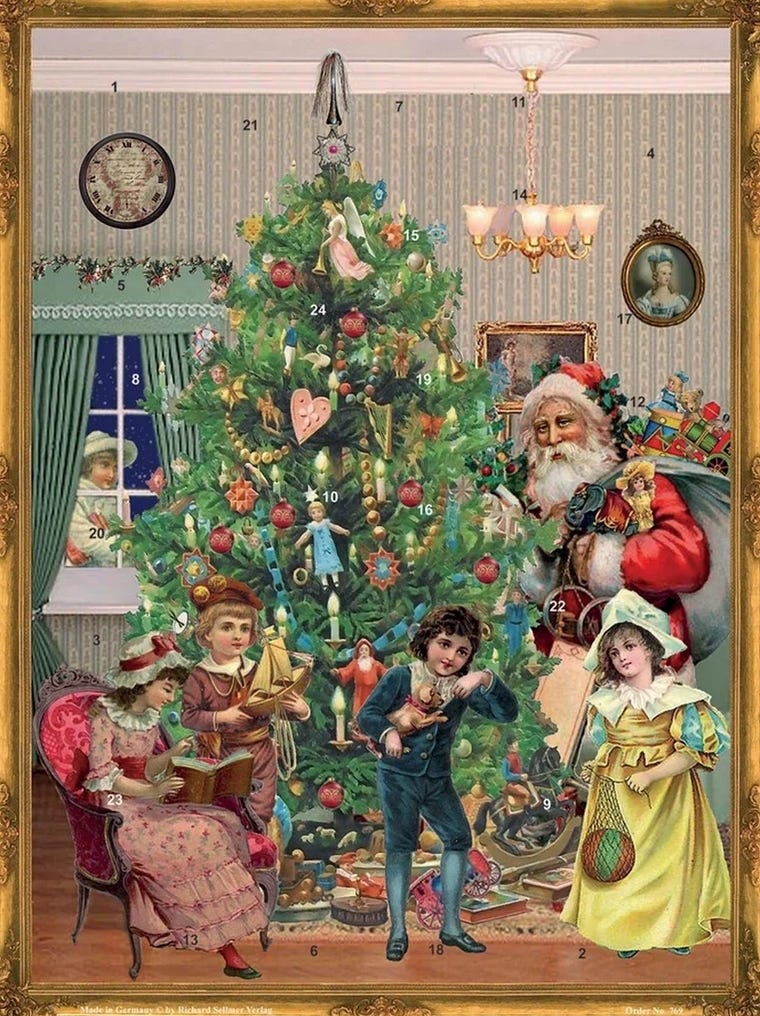
Our beloved chocolate Advent calendars began to appear from the late 1950s, which, coincidentally I'm sure, is when the concept of a calendar for Advent began to spread around the world. Their popularity in the US is said to have begun when President Eisenhower was photographed opening one with his grandchildren. The first chocolate calendar in the UK was made by Cadbury's in 1971, although they didn't become truly popular here until the 1980s.
In some countries, like Germany, more elaborate, and environmentally sustainable, Advent calendars are still made with 24 bags or boxes tied around a fir wreath. Each one containing a small gift or message. These are my favourites.
Today, Advent calendars have spread all over the world and are a much loved part of the journey up to Christmas, even for those of a more secular mind. Even cats and dogs have them, although they do need help with the doors. The world's largest Advent calendar was made in 2007 in St Pancras Train Station. It was 71m tall and 23m wide!
The most expensive advent calendar was made in 2010 by a jewellers in Belgium. It consisted of 24 glass tubes each containing diamonds and silver and was worth about £2.1 million!
Such a long way from a simple chalk mark on a door, but our calendars and the daily opening of their doors continue to remind us that something special is coming.
For those of us who don't have a physical Advent calendar this year, or even if we have, I have added some links to online calendars below.
My current online favourite is the annual Jacquie Lawson Advent Calendar, which is an absolute delight. This year’s theme is Paris, although the Sussex Village and Edwardian themes from previous years are also available.
You might also enjoy:
The Injustice Advent calendar; 24 days to change the world
https://traidcraftexchange.org/injustice-advent-calendar
The Ashmolean Museum, Oxford’s calendar is lovely too
https://www.ashmolean.org/advent
I muchly recommend the daily Advent Calendar sharings of @AnneLouiseAvery and @clothofnature on Twitter and BlueSky (bsky.social)
I also like the Diocese of Guildford’s online calendar
https://calendar.myadvent.net/?id=1uiwq8a1ta0c7dn76sridohrumzys9yd
Look at the beautiful image for day 1 from Australian Aboriginal artist, Martina Parry!
Do let me know if you know of any lovely ones. I will add more as I find them.
I wish us all a very happy door opening!
#CommonersAdvent #OldAdvent #CelticAdvent #StMartinsLent #WinterLent
I am determined to continue offering my work free of charge, because that too is resistance, but if you would ever like to support me with pennies you can do that at https://ko-fi.com/radicalhoneybee. Thank you so much, both for pennies and for all other forms of support, all of which are worth more than their weight in gold.
References:
https://www.whychristmas.com/customs/advent.shtml
https://doinghistoryinpublic.org/1-advent-calendars/
https://adventofchange.com/blogs/news/advent-calendars-through-the-centuries
https://www.ool.co.uk/blog/the-history-of-the-advent-calendar/
https://en.m.wikipedia.org/wiki/Advent_calendar



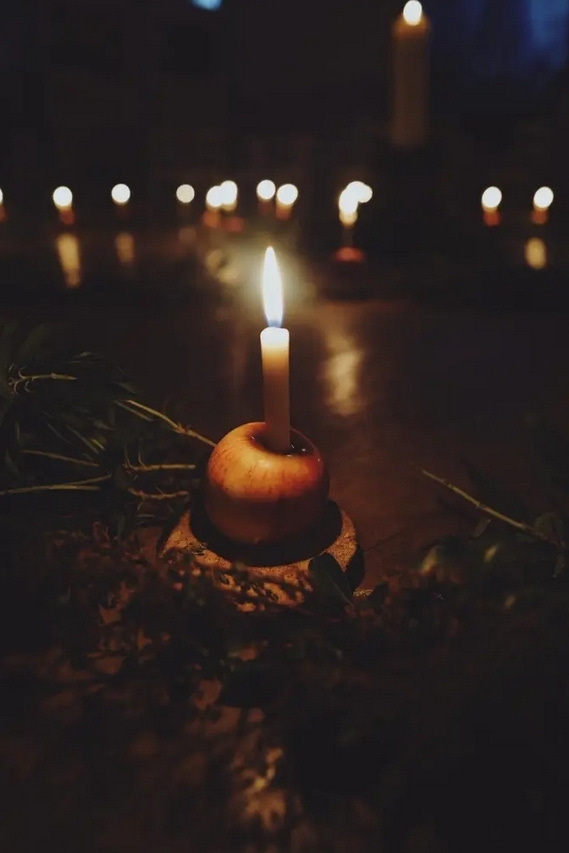
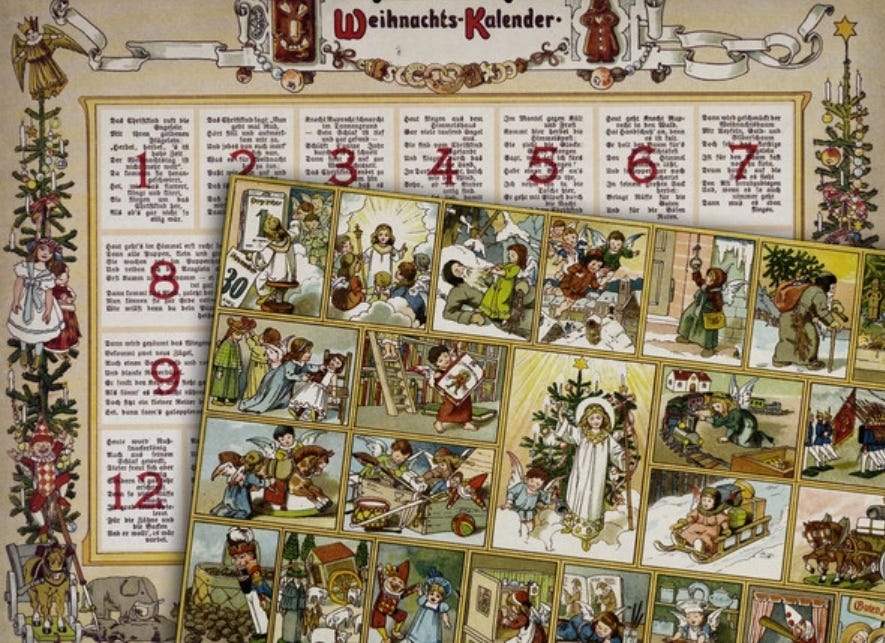
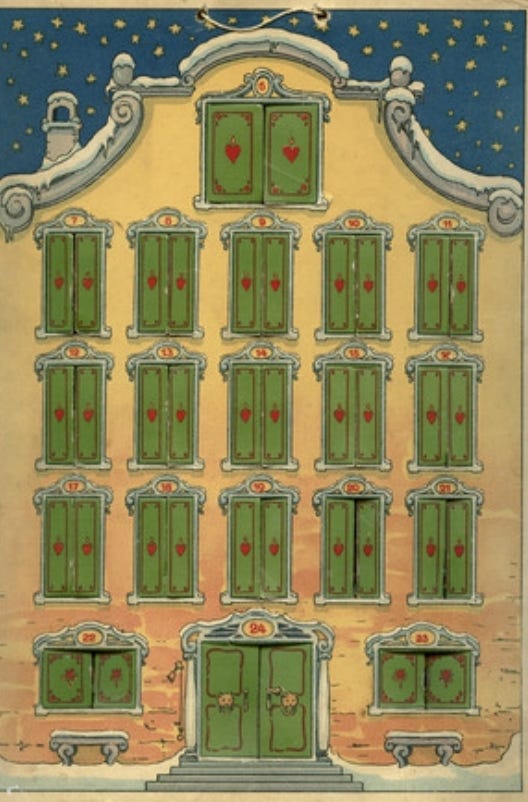
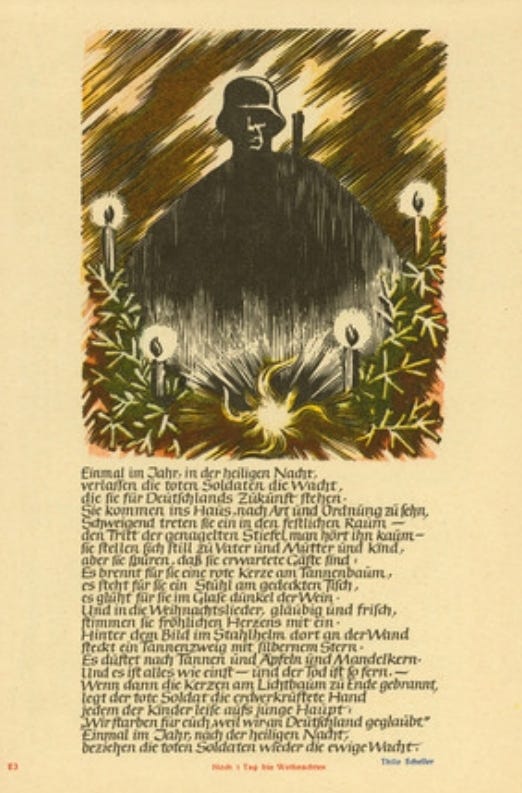
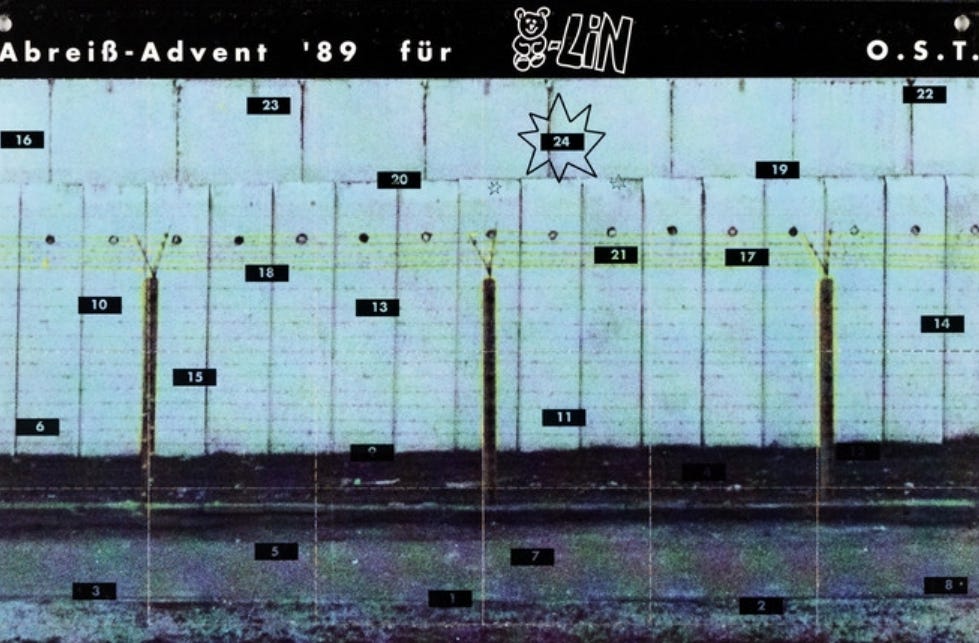







Very interesting to read the history on advent calendars! Thank you for this!
Fascinating to read their history.